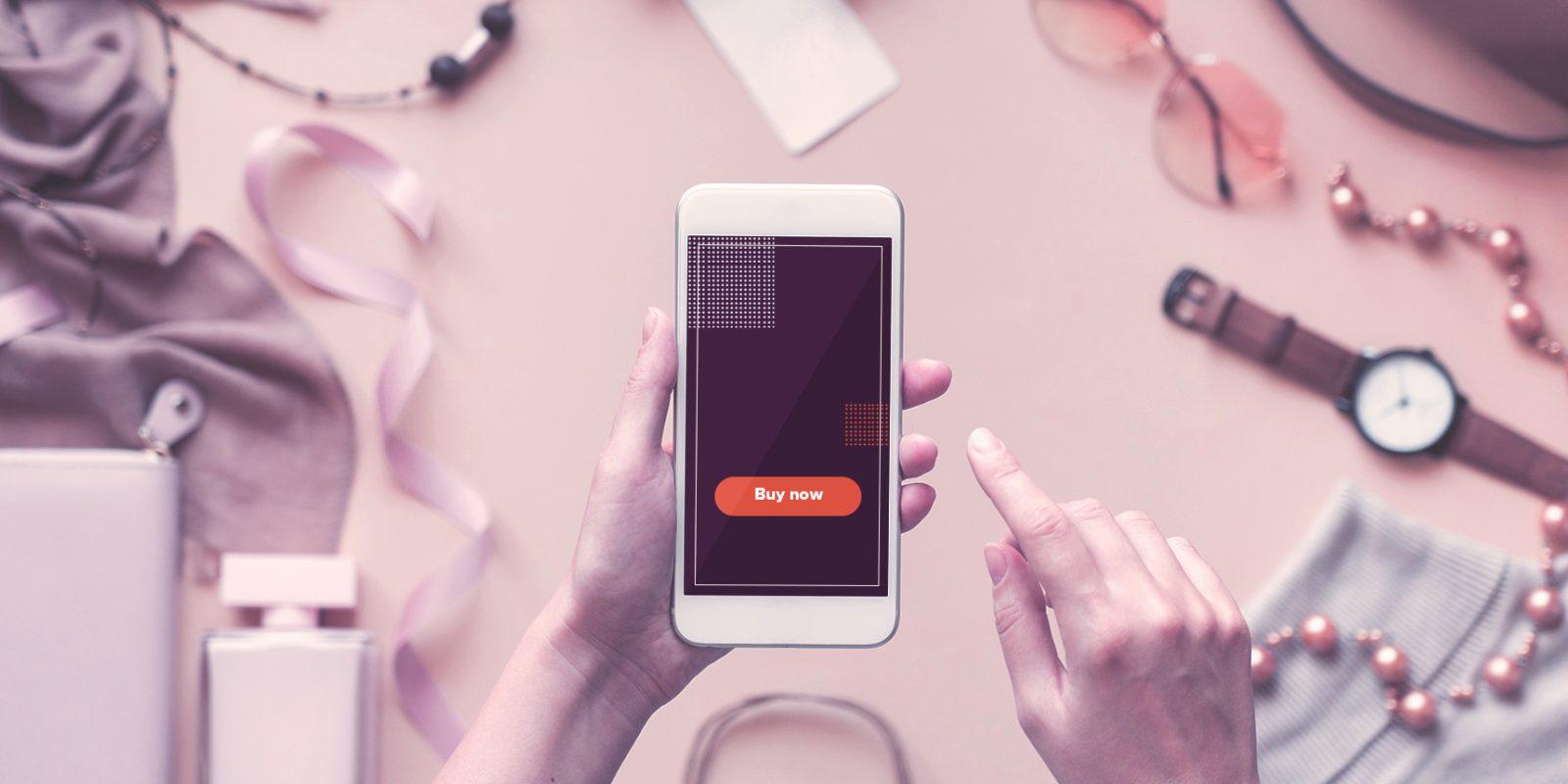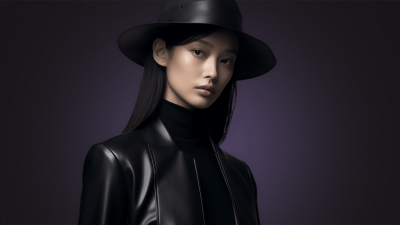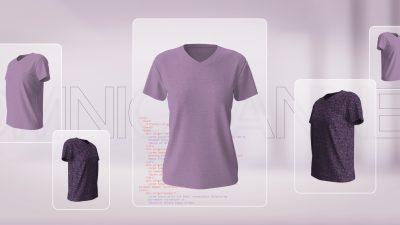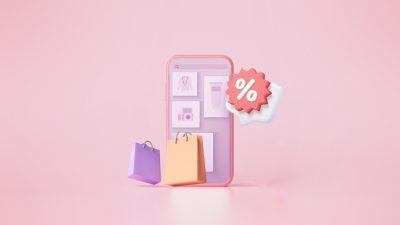Last Updated on: 10th October 2024, 08:21 am
Online purchases now account for approximately 20% of all fashion sales, and potential customers can engage with your brand across multiple channels. This constant communication has transformed the way fashion ads are delivered to customers and greatly expanded the potential for personalization.
In this article, you will learn:
- How fashion advertising is changing.
- Why Deep Learning algorithms are the key to good personalization.
- What makes a good fashion ad.
Table of Contents:
- How are fashion ads transforming today?
- Deep Learning will be the key to successful fashion ads
- Why invest in fashion ads?
- What makes a fashion ad effective?
- Examples of good fashion ads
- Find fashion ad success with RTB House
How are fashion ads transforming today?
The big shift is in personalization and how younger audiences interact with fashion brands. While every generation is slightly different, a significant proportion of all fashion sales are impulse purchases.
- Generation Z—41% impulse buys
- Millennials—34% impulse buys
- Generation X—32% impulse buys
A big part of this change is availability. Ecommerce platforms with generous return policies, combined with affordable fast fashion, significantly reduce the risks associated with making an online purchase. Additionally, the fact that you can buy clothes with one-click orders reduces friction, making purchases more likely.
Another important factor is the increased engagement with fashion at a “grassroots” level. Customers will often search for inspiration on social media, particularly Instagram. Seeing relatable personalities wearing clothes they love increases the likelihood that their followers will look to purchase a similar outfit.
In terms of fashion ads, this means that there is a greater focus on both personalization and omnichannel communication. As highlighted in our Promo Periods Report, customers are 76% more likely to purchase from fashion brands that offer personalization in their advertising.
However, the way we personalize fashion ads is also changing. Google has changed how users accept third-party cookies, and Google Chrome users are now able to opt out of tracking cookies as part of the informed choice framework. This means that brands will need to adopt a range of privacy-friendly solutions in order to ensure they are able to provide personalization for all users, regardless of their tracking cookie choices.
Deep Learning will continue to be the key to successful fashion ads
Artificial intelligence has touched most industries in some form in recent months, and fashion advertising is no different. There’s no more effective tool for fashion advertising than Deep Learning. It’s the most powerful type of AI, capable of analyzing many more touchpoints in real time than standard Machine Learning. With it, fashion brands can better reach high-value users with hyper-personalized offers, increase loyalty, and optimize ROAS.
These algorithms are designed to mimic the way that our own brains learn. This makes them able to understand large, complex datasets and generate valuable insights that can be used to improve your fashion ads. It does this by providing more precise personalization, determining what products and creatives are most likely to inspire your potential customers.
Deep Learning is particularly well-suited to the future of advertising, where merging different types of datasets is more important. It can also be used to tailor adverts to a variety of different contexts, further improving your fashion ad’s effectiveness.
Why invest in fashion ads?
The fashion industry is supremely competitive, and advertising isn’t just about gaining visibility, but ensuring that you stand out with compelling ads. This means that you can’t just showcase your products, you need to build a compelling narrative that evokes emotions in your customers, and helps them understand the essence of your brand.
A good fashion ad enables you to control how customers perceive your brand, and start the conversation in a way that helps them understand what your product brings to the table, compared to other available options.
The key benefits of investing in fashion ads include:
- Improved ROAS: ensures that you get the most money for your ad spend. For example, we helped Mosaic boost their ROAS by 24.3% quarter-on-quarter with a retargeting campaign that focused on upselling and encouraging making multiple purchases.
- Customer engagement: takes advantage of well-executed fashion advertising campaigns to encourage engagement with your brand. This is particularly useful in a social media context, where customers have an avenue for direct interaction and feedback.
-
- Promotion of new collections and products: helps to introduce and promote your new collections, ensuring customers know that you always have something new to offer.
- Storytelling and connection: connects customers to your brand with a relatable and understandable narrative, fostering trust and showcasing your brand’s unique voice.
- Reduce dead stock: Fashion ads can encourage users to buy products that aren’t selling anymore by promoting discounts and targeting niche buyers who may have missed this season’s picks. This streamlines inventory management and improves sales.
What makes a fashion ad effective?
Deep Learning helps you to focus on making your fashion ads more effective. It does this by improving a few key aspects of your ads, namely:
- Compelling creative—By connecting the right creative with the right customer with the help of Deep Learning, it is possible to improve conversion and engagement opportunities.
- Strong personalization—Deep Learning algorithms understand your customers and are able to tailor adverts to a specific user’s unique interests and tastes.
- Better ad placements—By understanding the specific context and timing of an ad, Deep Learning can ensure you’re getting the best bang for your buck, ultimately resulting in a campaign with better ROAS.
- Safe fashion ads—Brand safety is a key concern for any company, and fashion brands are no different. Deep Learning brand safety tools ensure that your ads never appear alongside questionable content, and help to protect you from avoidable PR disasters.
- Dynamic Creative Optimization (DCO)—Deep Learning is able to understand what product category users are most likely to engage with and dynamically optimize the creatives chosen to maximize the chance that those users convert.
Examples of good fashion ads
Now that we know the general anatomy of a good fashion ad, let’s take a look at some examples of how fashion advertising can work in practice.
#1 Interactive Ads
One of the best ways to engage users is by offering ads they can interact with. This lets you show a series of products that a user might be interested in, and then allows them to explore that offering by clicking, or hovering over, the advert.
This approach naturally encourages interaction without resorting to overly distracting advertising techniques. This in turn helps to build trust with your brand, and users feel like they’re choosing to interact with your products.
#2 Strong personalization
Personalization is a key plank of every campaign we run at RTB House. High Performance Banner Ads are a powerful way to use Deep Learning algorithms to show users a range of clothes likely to fit their interests. These ads are designed to optimize for conversion with deep personalization.
Deep Learning is able to accurately identify what product categories a user is most likely to be interested in. The algorithm uses this information to produce highly personalized recommendations based on a user’s browsing history, research, and purchases. This maximizes the possibility of a user interacting with an ad, and ultimately completing a transaction.
#3 Better ad placements
This is the stuff that makes or breaks a fashion ads campaign. Poor placement can result in significantly wasted ad spend. Our Deep Learning algorithms continue to learn as our campaigns progress, and are able to determine which ad placements are most effective. This ensures that no view is wasted, and improves the overall ROAS of a campaign.
For example, in the first quarter of our cooperation with REVOLVE, the campaign outperformed the return on ad spend (ROAS) target by 56% thanks to well-timed and placed interactive ads
#4 Social media engagement
Social media and interaction are both great ways to boost engagement with your ads. The Like/Dislike Banner helps you to get the best of both worlds by invoking the language of social media with likes or thumbs-downs.
This serves two purposes. First, it makes customers more likely to engage with your ads and start a conversation. Secondly, it allows you to gather valuable first-party data which can be used to further tailor your offers to specific customers in the future.
#5 Brand Safety
RTB House’s proprietary Brand Safety solution shields advertisers from around 80 million dangerous ad placements each day.
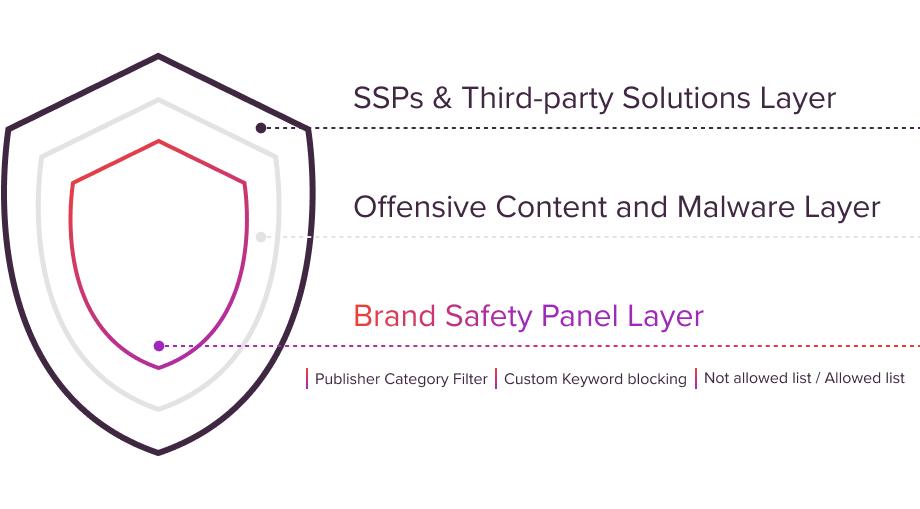
It does this by using Deep Learning algorithms to understand the context of specific publishers and automatically avoiding content that might be harmful to your brand, without compromising the overall scale of the campaign.
Find fashion ads success with RTB House
The key to a successful fashion ads campaign is finding a partner with the right experience. We have over 1,500 active fashion campaigns, with a median of 11.86% sales boosts during promo periods. To top it off, we’ve helped some fashion brand icons hit their targets, including:
- Neiman Marcus—who we helped exceed their holiday season sales goals by 60%.
- Bergdorf Goodman—where we drove ROAS 6x higher after just one month.
- Ray-Ban—whose retargeting revenue we helped grow by 5.6% year-on-year.
Whether you’re a household name or an upstart seeking to disrupt the fashion market, RTB House has helped companies like yours achieve success.
If you’d like to learn more about the fashion companies we’ve worked with, you can check out our success stories page or simply get in touch with us today, and find out how RTB House can help.
